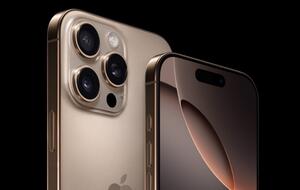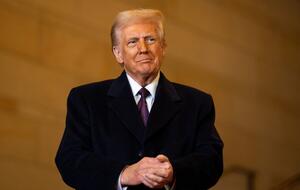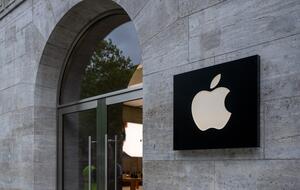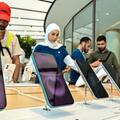The move comes as Apple ramps up its domestic investments amid the threat of sweeping tariffs on imported semiconductor components.
Apple said in a statement: “By bringing this technology to the U.S. first, this facility will supply chips that optimize power and performance of Apple products, including iPhone devices shipped all over the world.”
Although Apple and Samsung have not revealed full technical details, sources told the Financial Times that Samsung’s Austin semiconductor facility will produce a new three-layer stacked image sensor for the iPhone 18, due in 2026.
The advanced sensor is expected to improve low-light performance and image detail.
Apple’s decision to work with Samsung - historically one of its fiercest rivals - reflects both geopolitical pressures and strategic necessity.
Lee Jong-hwan, professor of semiconductor engineering at Sangmyung University said: “Samsung seems to have won this deal from Apple because of the imminent tariffs on foreign chips.
“Apple will have preferred Samsung over Sony because Sony doesn’t have US plants.”
Sony, long Apple’s sole supplier of image sensors, manufactures the components via TSMC in Japan.
In a statement, Sony said: “We remain confident that we are advanced in providing sensor technology to our customers, and we will focus on continuing further technological advancement through larger sensor size and density.”
This deal comes as Apple expands its US manufacturing commitments by an additional $100 billion, a move announced the same day President Donald Trump pledged to introduce a 100 per cent tariff on imported chips - a levy Apple could now avoid.
Analyst Pak Yuak of Kiwoom Securities said: “This deal will boost Samsung’s U.S. plant operating ratio and help reduce its foundry losses,” noting it’s a key moment in Samsung’s resurgence as a contract manufacturer.





